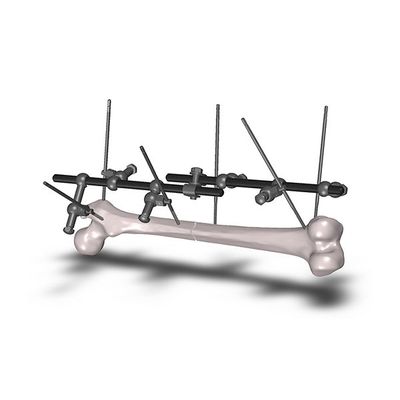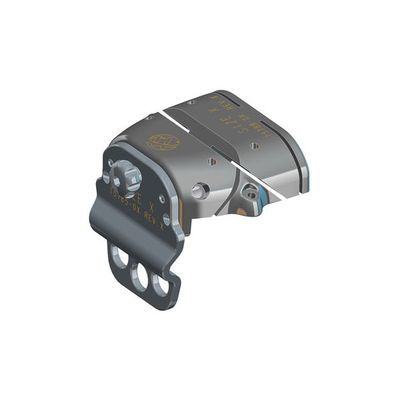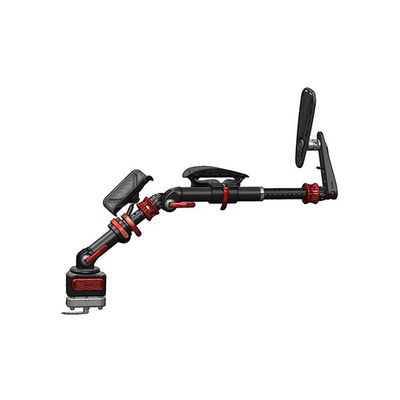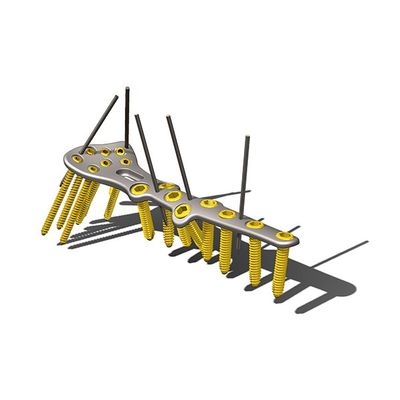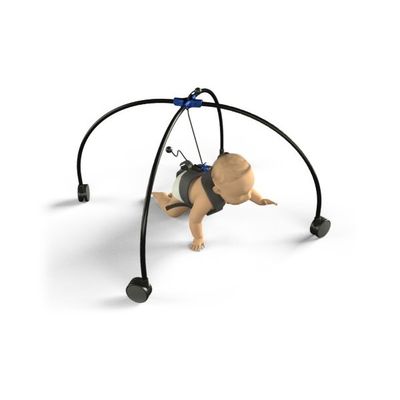

- Home
- Companies
- MedSpark, LLC
- Products
MedSpark, LLC products
MedSpark - Large Bone External Fixation System
External fixation is a surgical treatment used to set bone fractures in which a cast would not allow proper alignment of the fracture. In this kind of reduction, holes are drilled into uninjured areas of bones around the fracture and special pins are screwed into the holes. Outside the body a rod, or a curved piece of metal with special joints, connects the bolts to make a rigid support.
MedSpark - Femoral Cut Blocks
Total Knee Arthroplasty (replacement) or TKA is a surgical procedure in which the knee joint is replaced by a prosthetic implant. During this procedure, the distal end of the femur must be prepared to accept the femoral component of the replacement joint construct. Following the initial resection, a saw guide is temporarily pinned on the end of the femur and a sagittal saw (see pictures) is utilized by the surgeon to shape the bone. The saw guide helps the surgeon make precision cuts that provide a reliable fit between the resected bone and the implant ensuring optimum knee function restoration.
MedSpark - Surgical Leg Positioning System
Extremity positioning and traction devices are utilized by surgeons during a wide array of surgical procedures. Multitudes of specialized devices currently exist, but most provide only a limited number of capabilities.
MedSpark - Distal Radius Plate
Trauma implants are utilized by surgeons for the surgical treatment of fractures, deformities, and tumor diseases of long bones, such as those of the arms and legs. More specifically, Distal Radius Plates are utilized to provide fixation of complex intra- and extra- articular fractures and osteotomies of the distal radius (located at the wrist in the large arm bone). Radius plates (also known as plate and screw osteosynthesis) have been established and clinically recognized for many years. MedSpark developed a distal radius plating system for a client in orthopedic implant sales.
MedSpark - Therapeutic Mobility Training Device
Learning to crawl properly prior to walking is an important part of early childhood physiological development. However, several developmental disabilities can inhibit this process, including Cerebral Palsy, Spina Bifida, Downs Syndrome, Traumatic Brain Injury, and various physical abnormalities. Many therapeutic crawling devices exist to aid physical therapists and caregivers in assisting these children during therapy. However, the current devices are very expensive, large in size, and awkward to handle.

